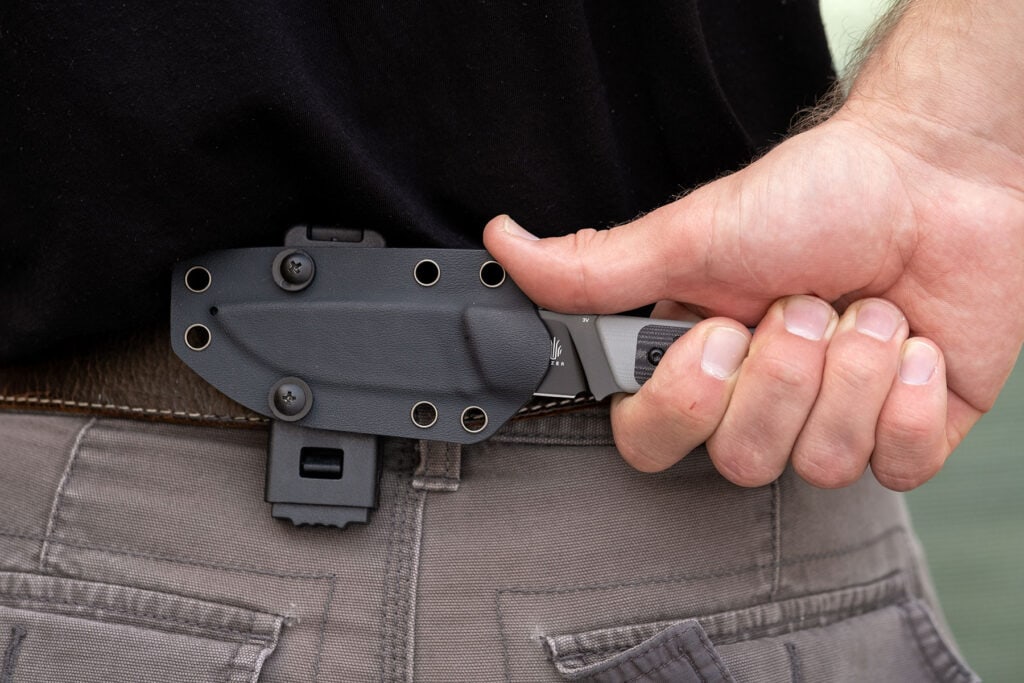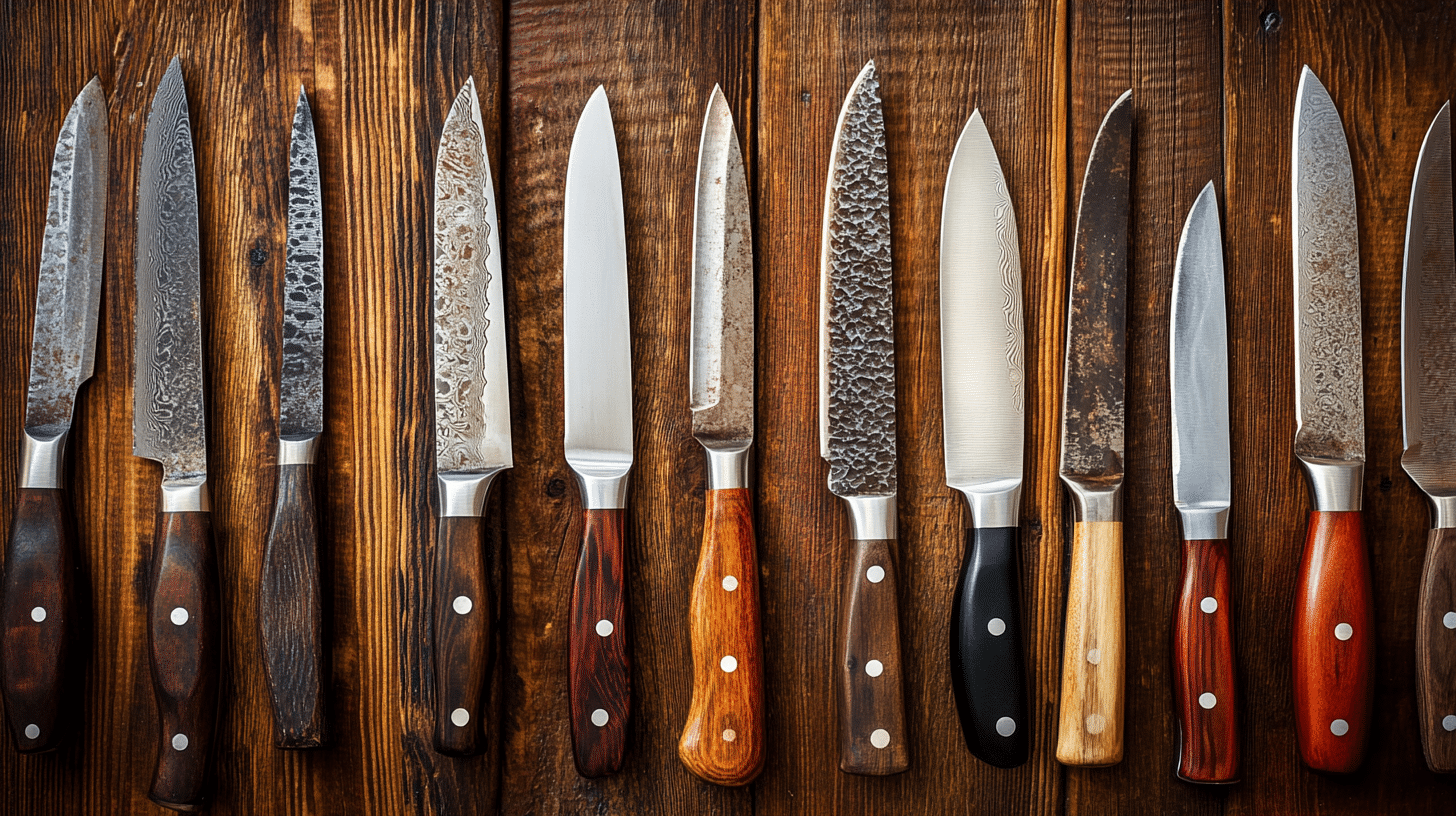Outdoor activities can be an exciting way to get away from the madness of city life.
However, most outdoor activities come with unique safety responsibilities – including knife safety.
No outdoor adventure gear is complete without a knife. Knives are essential for all outdoor activities and serve multiple purposes, including starting fires, cutting cords, clearing bushes, and preparing food.
To prevent unnecessary injuries, knives must be used with safety in mind.
Below are five safety tips for using knives outdoors:
Use Sharp Knives Only
One of the most critical rules of knife safety is to use a sharp knife.
While that might sound odd – it makes sense when you realize why. A sharp knife is dangerous, but a blunt knife is worse.
Blunt knives do not cut easily, which means users tend to use more force to achieve a cut or slice, which makes the knife more likely to slip and lead to a potentially disastrous injury.
Keep It In Its Sheath
The blade of your knife must be protected and sheathed when not in use.
Uncovered blades can be dangerous, especially if people are walking around and the knife is on the ground. Never walk with your knife exposed outdoors – even in your new backyard. You could easily trip and end up with a severe injury.

A knife sheath fits securely around a knife, covering the blade, keeping it sharp, and providing safe storage. Carry a sheathed knife on your belt behind your outside pant seam.
If you sit with a sheathed knife in the front of your pants, it will dig in and cause discomfort, and it can poke through the sheath and stab you near your femoral artery.
Tight Grip
To avoid slips, grip the knife with a fist grip, much like you would hold a hammer.
Keep your thumb and fingers away from the knife edge, especially when using it. When sharpening it, determine the knife edge angle and learn the different sharpening techniques.
A new knife will arrive super sharp out of the box, but after a few uses, that will change.
Your thumb plays a critical role in stabilizing the knife and applying pressure. Depending on the grip, you can place it on top of the handle or along the spine.
Blood Bubble
As graphic as the name might seem, the term “blood bubble” is very apt.
Your blood bubble is an invisible space that starts from the center of your body and stretches to the tip of your blade when your arm is fully extended.
Without safe knife practices, anyone inside of that bubble could be at risk. Your job is to monitor that zone and stop using your knife if anyone enters it.
Common Sense
Lastly, the most essential advice for using a knife outdoors (or anywhere) is to exercise common sense.
If you start using your knife and something feels off, stop. Your subconscious mind picks up on more than your conscious mind might. That is what many people refer to as instinct.
To End
Practicing knife safety is more about rational thinking and common sense than anything else. As long as safety is your top priority, you have more chance of avoiding an accident or injury.

